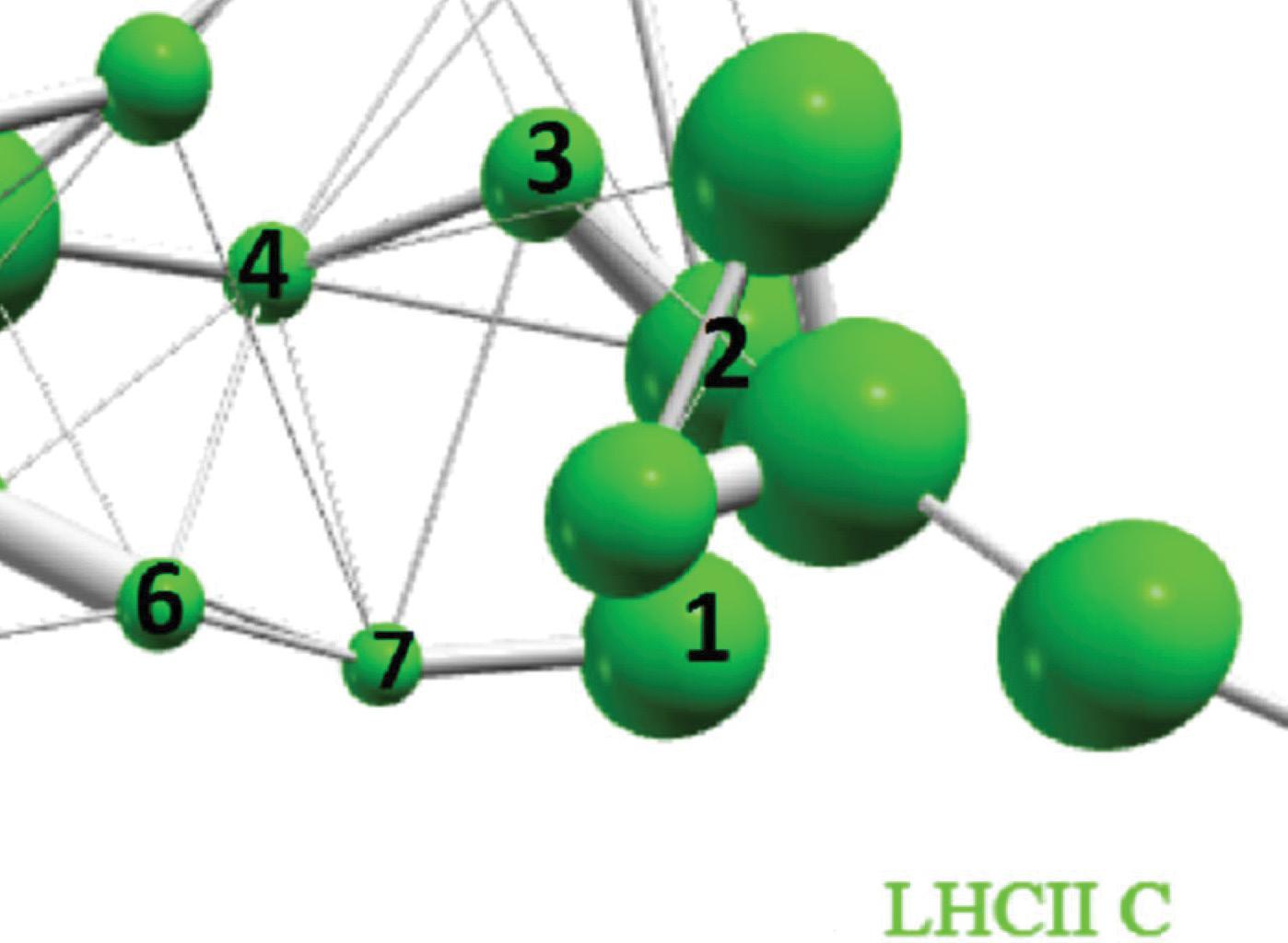
5 minute read
BIRGITTA WHALEY
The quantum realm
BIRGITTA WHALEY
Advertisement
PROFESSOR OF CHEMICAL PHYSICS
DIRECTOR OF THE UC BERKELEY QUANTUM INFORMATION AND COMPUTATION CENTER
CO-DIRECTOR OF THE NSF CHALLENGE INSTITUTE FOR QUANTUM COMPUTING
EXECUTIVE BOARD MEMBER, CENTER FOR QUANTUM COHERENT SCIENCE
FELLOW, AMERICAN PHYSICAL SOCIETY AND MEMBER, AMERICAN ACADEMY OF ARTS AND SCIENCES
EMERITUS MEMBER, PRESIDENT’S COUNCIL OF ADVISORS ON SCIENCE AND TECHNOLOGY
Birgitta Whaley is a pioneer in the field of quantum mechanics. She is a foremost expert in the fields of quantum information, quantum physics, molecular quantum mechanics, and quantum biology. She is investigating the role of quantum mechanics in functional biological systems. Another research focus is on quantum control and quantum information. Her theoretical work in quantum computation is currently centered on creating algorithms, applications, and error correction for near-term noisy quantum computers.
Whaley states, “When it comes to really understanding the quantum world, we are still at an early stage. Quantum mechanics poses fundamental questions for our understanding of the world in which we live — from the behavior of the smallest particles to that of black holes, from the behavior of simple physical systems to complex chemical and biological phenomena that drive life.”
In a recent talk, Whaley discussed new quantum biology insights, “Current research is showing mounting evidence for the existence of dynamical phenomena in biological systems that involve coherent quantum motion in unexpected situations, requiring us to revise our long-standing view of quantum effects in biology. New quantum research into plant and bacterial photosynthesis, bird navigation, and other biological processes is more than just cataloging the quantum chemical properties of the biological systems. What we are looking at, and what makes it very challenging, is that we want to understand the relationship of the biophysics/chemistry bridge to biological function. We are now looking at integrating microscopic, mesoscopic, and behavioral studies into our research and that is very challenging.”
ON QUANTUM BIOLOGY
Why is the discovery of quantum mechanics in biology more recent than in chemistry?
BW — The underlying influence of quantum mechanics in biology via its role in determining molecular energy levels and reaction barriers was acknowledged in the 1930s but things got more interesting for studying quantum biology after the advent of the laser in the 1960s. To get to the timescales where non-trivial dynamical quantum effects are relevant for biological systems, the timescale of electronic motions over femtoseconds had to be accessed. And that did not happen until methods of ultrafast spectroscopy were pioneered in the 1970s and 1980s. Previously, biologists realized that molecules had discrete energy levels but had no way to access the associated quantum dynamics of key molecular processes.
What are scientists looking for in quantum biology research?
BW — The line between the quantum and classical realms in physics and chemistry is porous. This is part of the reason why this is such an exciting area. The overarching goal of research into quantum biology is to understand biological function across all time and size scales. This means two things. The first is to develop tools that can go all the way down from the macroscopic to sub-atomic particles to probe the structure and dynamics of biological systems. The second part is to travel from the smallest to the largest component in biology asking the question can “quantum coherence be relevant for a biological function”?
Function is like the jewel in the crown at the top of our understanding of biological systems. You shouldn’t speculate about function before you actually know what the structure really is. And after structure, then you should start thinking about dynamics. How does this work? What



are the mechanisms? What are the timescales? And what are the quantum features that you might see in measurements? And only when all this is understood can you start to think about function.
What is next for quantum biology research?
BW — Recent research has shown mounting evidence for the existence of dynamical phenomena in biological systems that involve coherent quantum motion in unexpected situations, requiring scientists to revise their long-standing view of quantum effects in biology being restricted to understanding of molecular energetics, stability and kinetics.
These revelations have led to a new generation of studies bringing the tools of advanced quantum optics and quantum information science and technologies to probe complex biological phenomena such as photosynthesis and bird navigation, raising our understanding of the role of quantum mechanics in functional biological systems.
ON QUANTUM COMPUTERS
Are there commercial applications for quantum computers?
BW — In late 2018, Congress passed the National Quantum Initiative which directed the Office of the President to establish goals and priorities for a 10-year plan to accelerate the development of quantum information science and technology applications. I was invited to join the President’s Council of Advisors on Science and Technology to create recommendations in the areas of Industries of the Future including artificial intelligence, quantum information science, and advanced manufacturing and biotech. The quantum recommendations included building infrastructure at scale utilizing Federal investment in quantum computing user facilities and a quantum internet and intranet. A number of federal programs have since been set up to explore scientific and information processing applications of quantum computers. Many of these will have commercial applications, e.g., in communications, chemicals and pharmaceutical industries, or in the financial sector.
What is currently happening in quantum computer research?
BW — Quantum computers are not going to be sitting on our desktops any time soon, but we are now building them. They have the potential to execute complex algorithms billions of times faster than classical computers. Currently we are at “stage one”, with quantum machines having on order of 50-70 quantum bits (qubits). What is not clear is when and how we will go from stage one to stage two, with more than 100 qubits and some error correction. In the current iteration, we don’t have enough qubits to explore the full power of quantum algorithms.
Performing the simulations that many people undertake in chemistry on classical computers is very time consuming when done at scale. For instance, when Phillip Geissler is simulating the chemical dynamics of multiple solutes in water, he needs to make a simulation that is as large as possible. But the time for that computation can scale exponentially with the number of particles, which puts a constraint on how much information it can yield.
However, if you can do the simulation on a quantum computer with an algorithm whose time scales only polynomially with the number of particles, there is a signification gain. It’s a difference in the scaling of compute time as you go to larger numbers of particles or degrees of freedom.
So, the power of quantum computation lies in the way in which the required resources increase as you go to a large scale calculation. If you’re doing calculations only on small scale systems, you never see this difference between the classical and the quantum.




